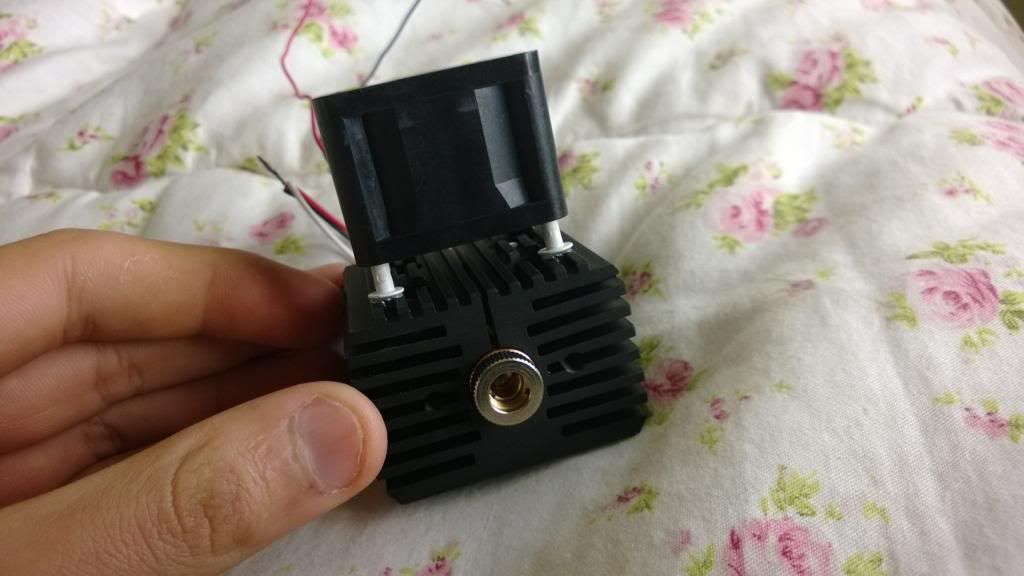- Joined
- Mar 29, 2013
- Messages
- 1,221
- Points
- 63
Hey guys, i am planning to have a labby diode testing station, and so far, i have this:

With an NMB-MAT 40mm fan from DTR.
I am hoping this will be enough cooling power for unlimited run time, but if not, i am planning to get a temperature monitor.
My question is, what temperature should i set
1) I am measuring the temp of the heatsink
2) I am measuring the back end of the aixis module (silver part)
as the temperature at which i should turn it off, with some breathing room.
(ex if the threshold temp is 100f, set it to 90f)
I tried looking it up with no success. Maybe the datasheets will tell me?
In which case i would need the M140 datasheet.
Thanks guys!
-Matt

With an NMB-MAT 40mm fan from DTR.
I am hoping this will be enough cooling power for unlimited run time, but if not, i am planning to get a temperature monitor.
My question is, what temperature should i set
1) I am measuring the temp of the heatsink
2) I am measuring the back end of the aixis module (silver part)
as the temperature at which i should turn it off, with some breathing room.
(ex if the threshold temp is 100f, set it to 90f)
I tried looking it up with no success. Maybe the datasheets will tell me?
In which case i would need the M140 datasheet.
Thanks guys!
-Matt



